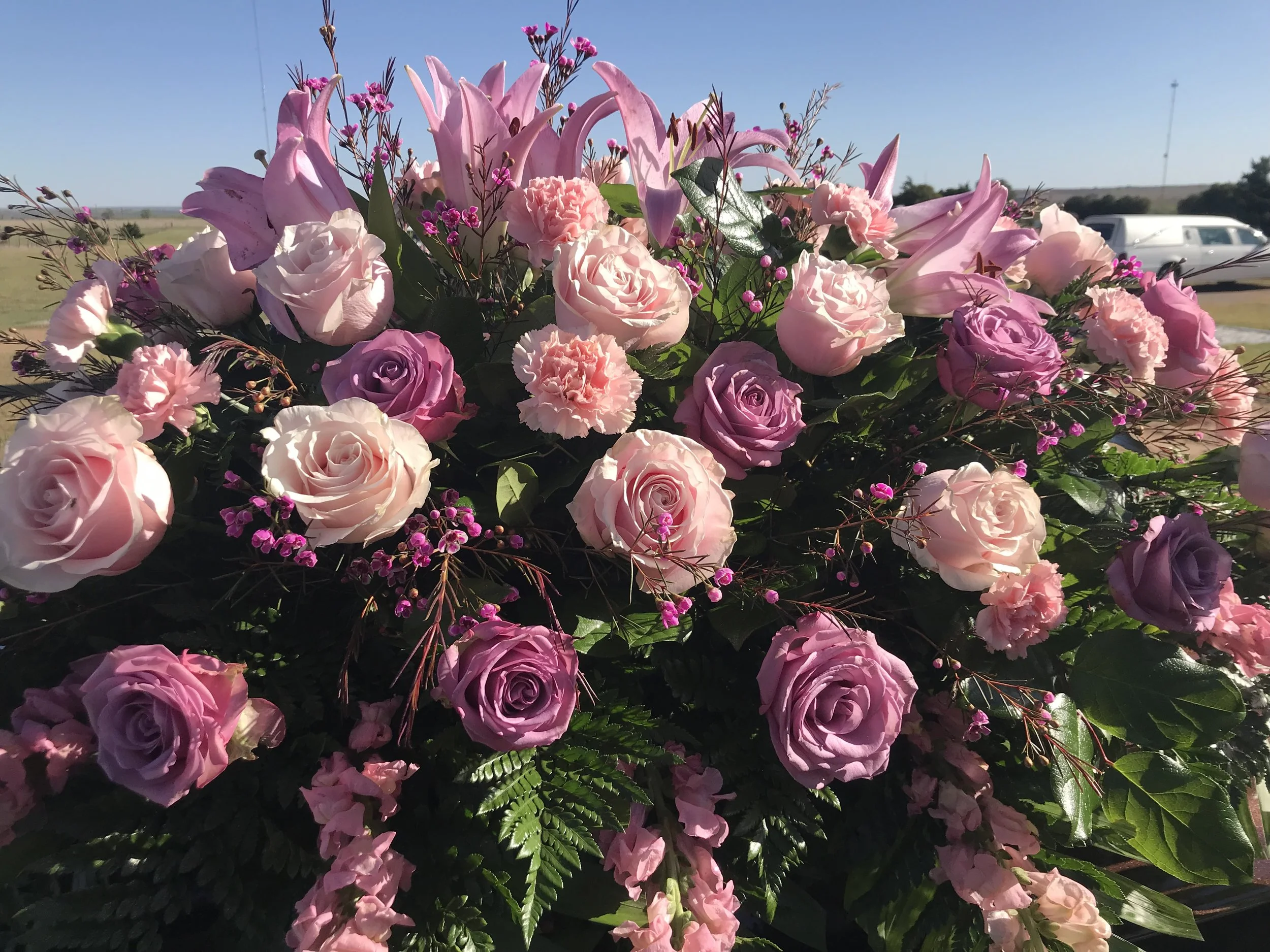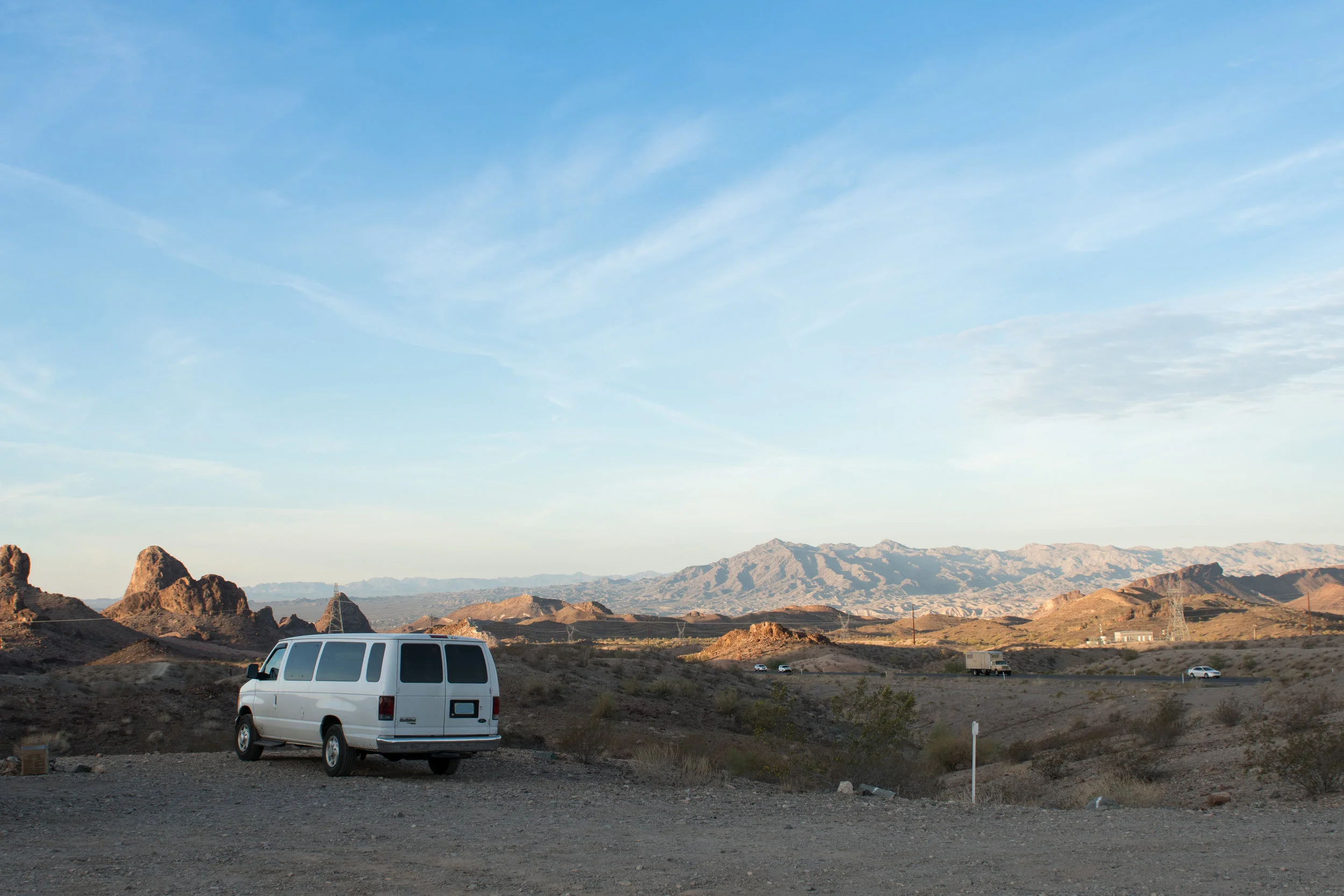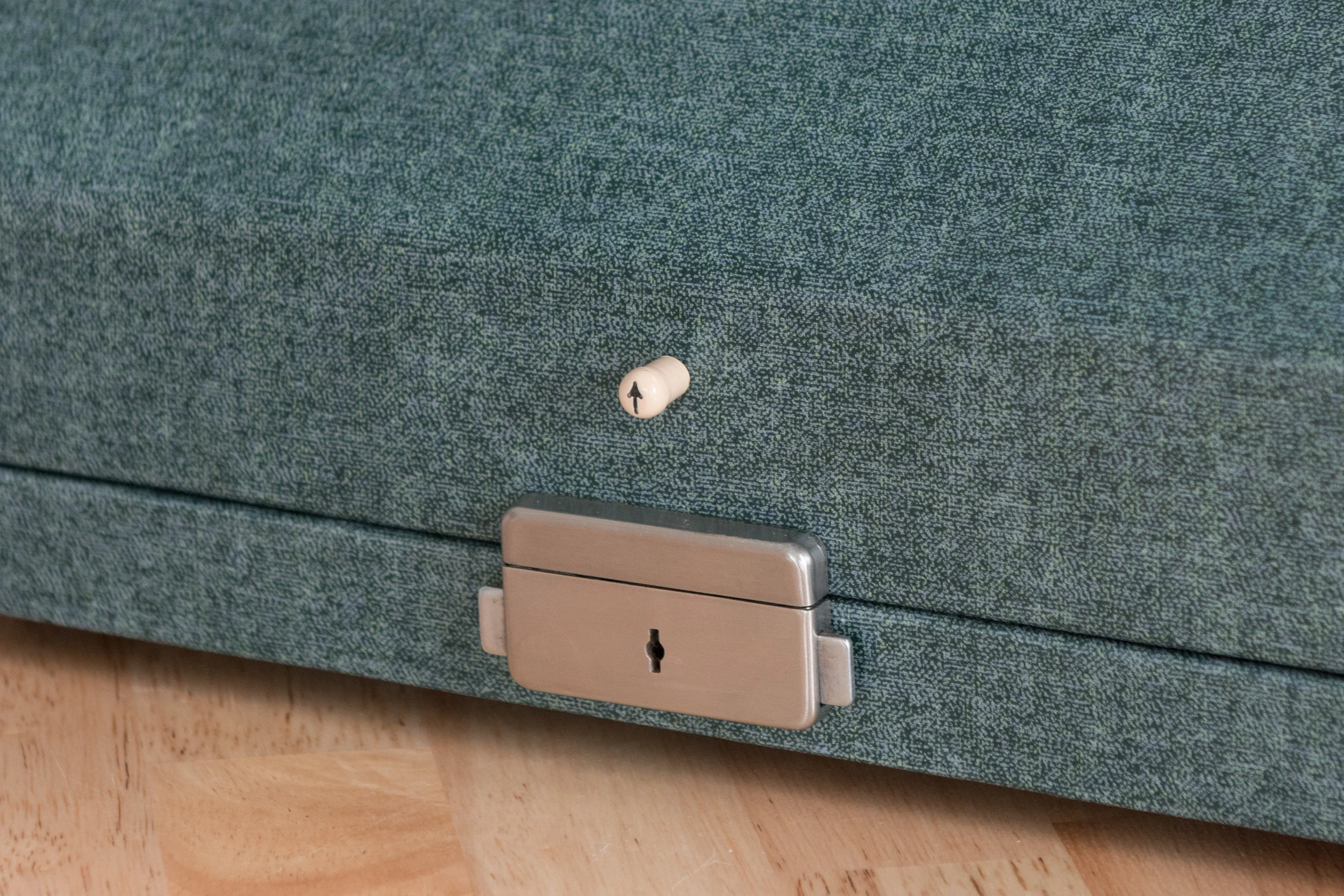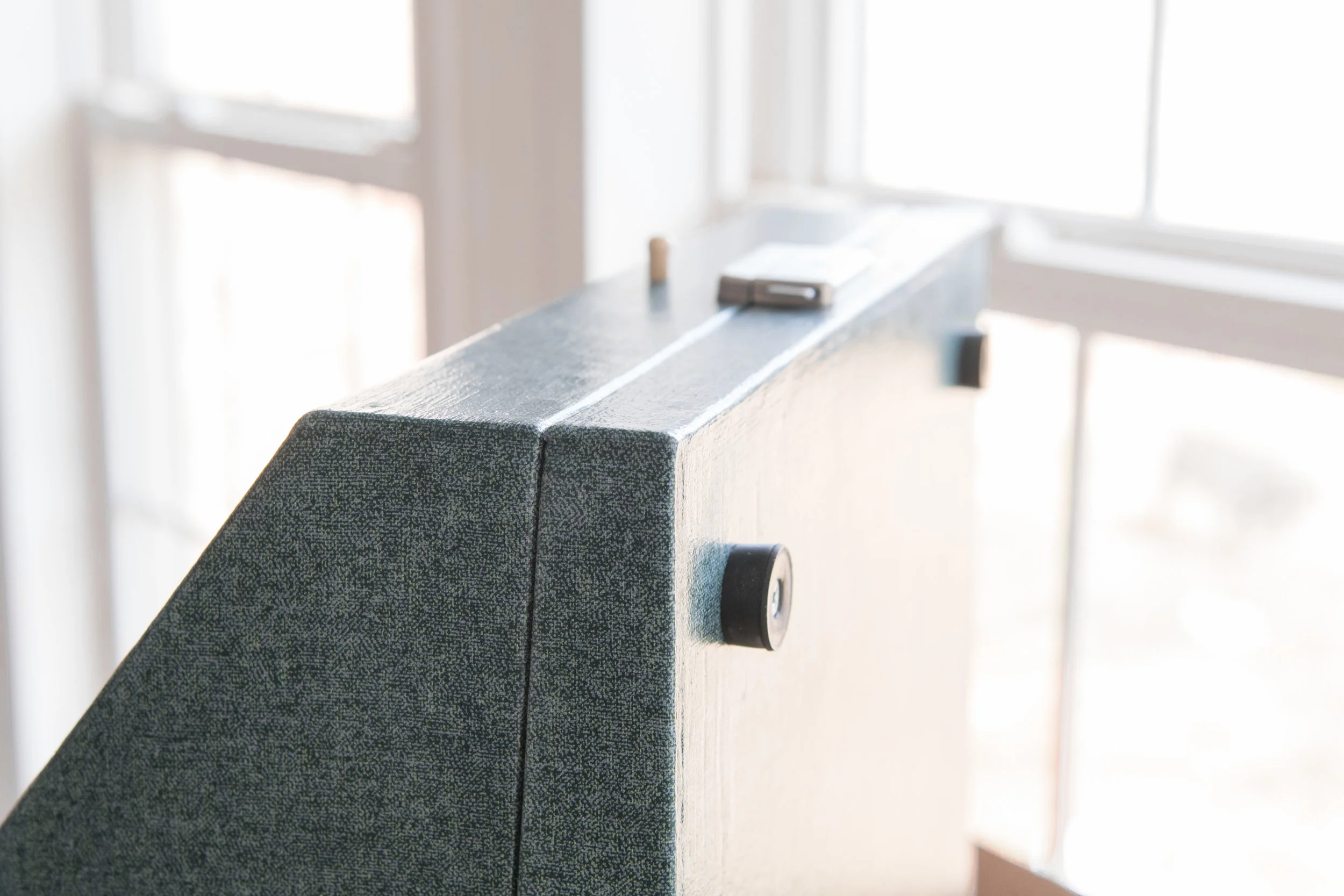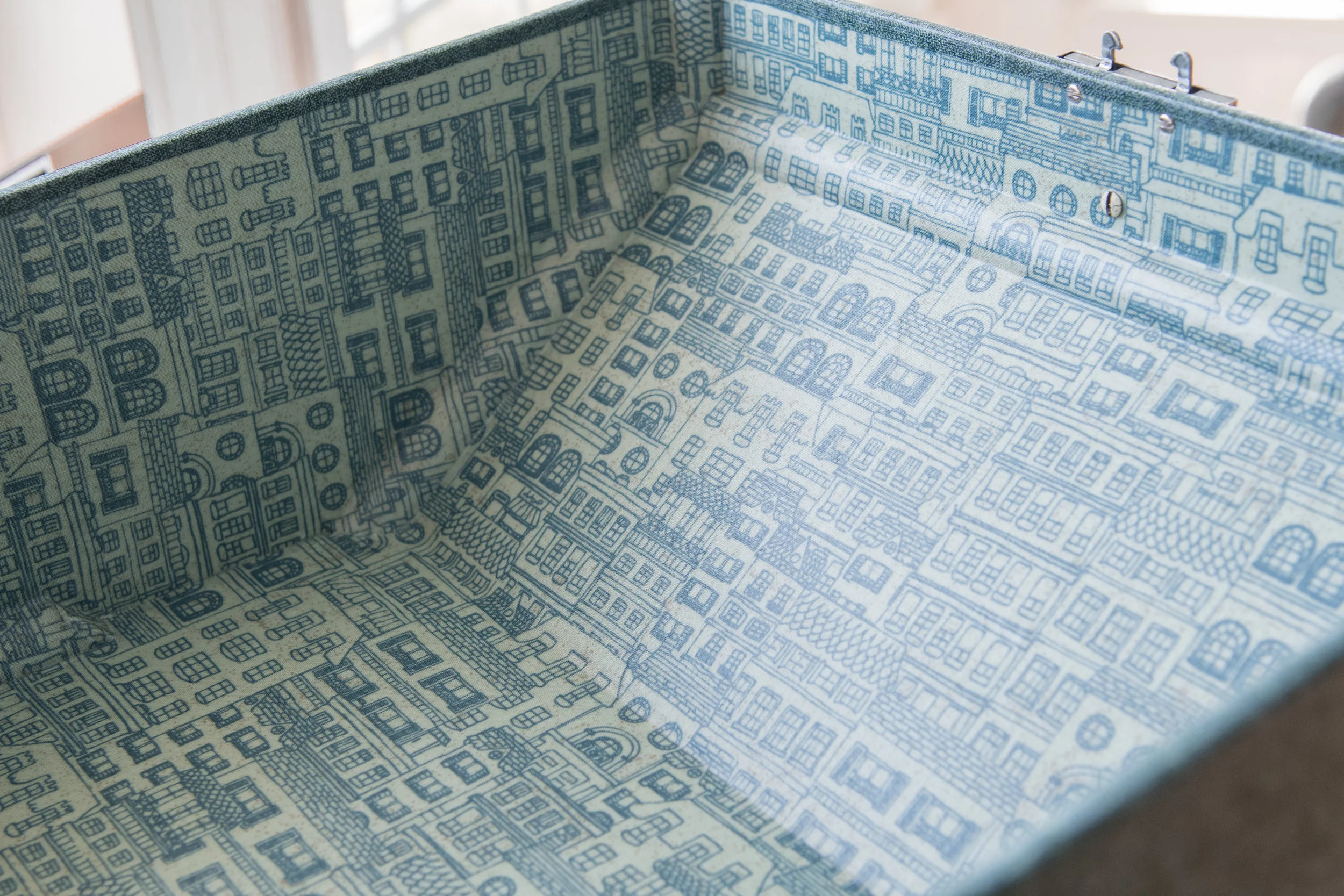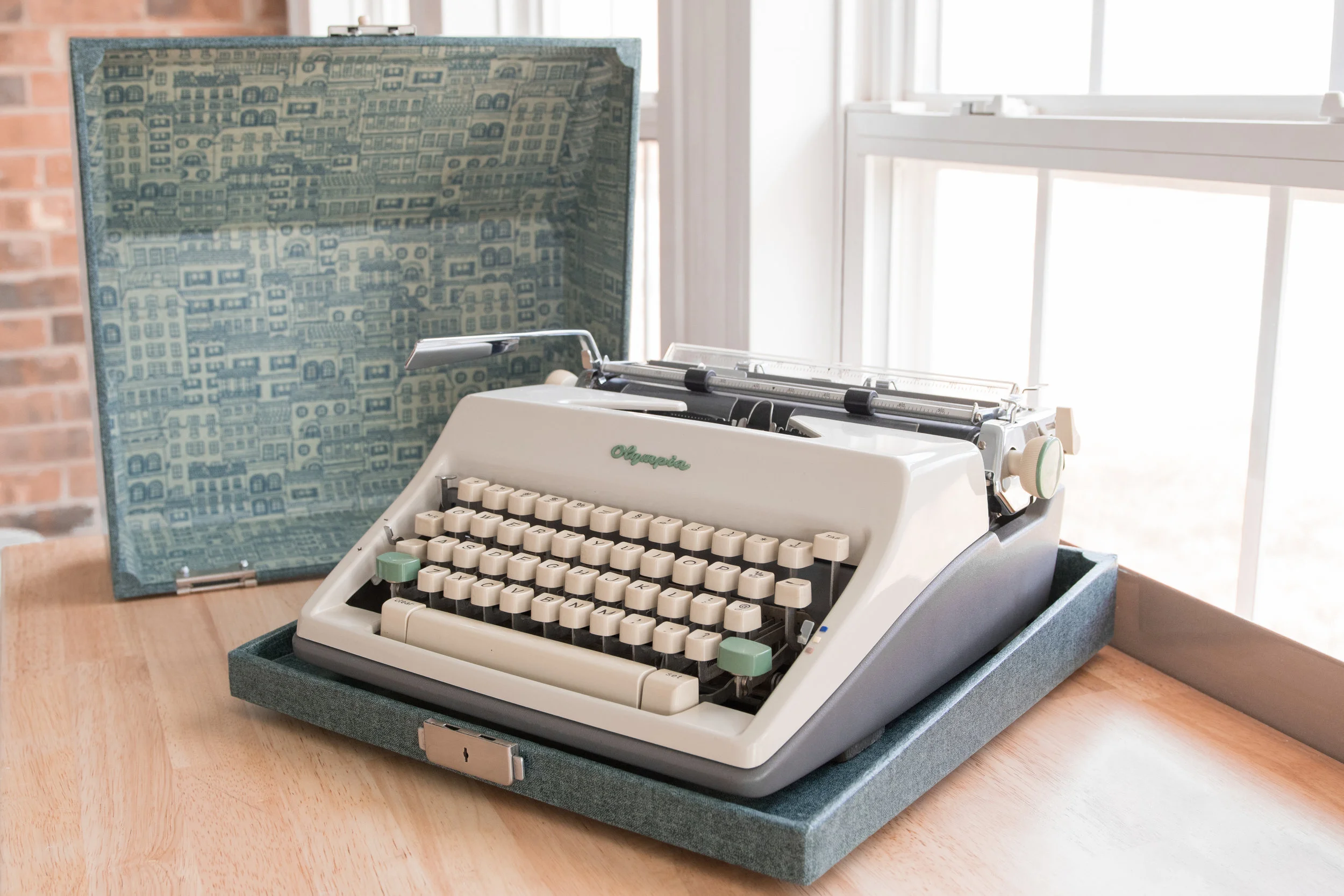My childhood home was just across the street from the school that I attended for six years, K-5th. Our front yard overlooked the playground which sat just in front of the low-slung campus with its outdoor, open-air sidewalks. The playground was wild then - all wood pieces and metal bars - a series of exercise stations that some civic-minded member of the community no doubt thought would be a lovely addition to the neighborhood. During recess we would make our own fun on these strange boards, flat and sloping, interspersed with metal bars at all different heights. We’d fall and scrape our elbows and knees in the sand below. Near the fence, on the edge of the playground, tires of different sizes were buried into half-moon circles sticking up above the ground. Each tire was painted in its own bright color and every one had its own personality of texture - some were firm as rock and others were so squishy that my child-sized weight would sink my foot down into them.
Elementary School After Hours
During evenings, weekends, and summers my brother and I would ride our bikes up and down the open-air sidewalks of the school and make figure-eights on the concrete slabs where outdoor P.E. classes were held. We’d explore parts of the school we never saw when classes were in session - like the teachers’ parking lot behind the cafeteria where a large mulberry tree grew. Its roots spread out under the asphalt to create a hump in the roadway, which was a particular joy to ride our bikes over. In the sun-drenched west-Texas landscape, this shady spot behind the school felt like a secret oasis in which we could cruise around on our bicycles.
On the opposite side of the school there were a couple of smaller mulberry trees. These trees were good for climbing so, leaving our bikes in the grass near the portable buildings, we’d climb up into the limbs to view the familiar landscape from yet another strange, new vantage point. One evening as I sat in one of the small mulberry trees on the side of the quiet school, my mom stood below and fed me my first almonds. I loved them, ate too many, and gave myself a tummy ache. I didn’t eat almonds for years after that.
My dad taught me how to ride my bike in the empty field next to the school, just beyond those climbing trees. My tires were always full of stickers from the mean goat-heads that grew in the dry, yellow grass and my dad was forever patching holes in my tires. Unconfident in my ability to maneuver my bike (or use my brakes), I’d pedal furiously across the field yelling ‘I’m dead meat! Dead meat!!’ as he’d jog along behind me until I’d crash into the chainlink perimeter and he’d get me started all over again.
The school was our private playground any time it wasn’t in session. We’d peek into classrooms and marvel at how quiet, dark and still they were. We were so much better acquainted with them bursting with the noise and bustle of lessons and activities.
The Watching Went Both Ways
My house was just across the street from the chainlink fence that ran next to the strips of rainbow tires. I was six years old and playing during recess when my older brother came out the front door of the house one day to head to his college class across town. I ran across the playground and into the chainlink fence, yelling his name and waving furiously. I was so proud and delighted that I had the privilege of seeing my cool, big brother during the middle of the day. None of the other kids got to do that! When we got a new roof one year, I watched curiously from the vantage point of the playground as they loudly worked on our house. It was a strange thing to see them pounding away on our roof and throwing shingles around.
When my little brother had a seizure, my mom called the ambulance. It was all very scary and I didn’t really understand much of what was going on, only that my mom was very stressed and scared. I remember the emergency personnel laying him out on the kitchen table and cutting off his teal green shirt so they could work on him. The next day, concerned grown-ups at the school asked me if my family was alright, because they’d seen an ambulance at our house. I knew even then that it was a pretty special thing for them to show that kind of care and concern, and that it was all because we lived right across the street.
The watching went both ways. Our driveway ran alongside the house and into the backyard. From my climbing tree in the backyard, I could look down the driveway and have a straight-shot view of the school playground across the street. Kindergarten was still half-day when I went and I remember playing in the backyard and watching the older kids playing on the playground past the end of the driveway.
During the Spring of my first-grade year, I was home and in bed with pneumonia. My bedroom was situated in the front of the house and my bed faced the front window in my room. As I laid propped up in bed, I watched kids come and go from P.E. classes on the slab and from recesses on the playground next to it. Although I was told I was quite sick, I certainly didn’t feel it, and it felt surreal to be sitting in my bed on such a sunny day and and watching the world go by without me.
My elementary school was a nurturing space filled with teachers and relationships that I’d cultivated over my six years there. I’d watched the life of my home from the playground and I’d watched the life of the school from my backyard and bedroom. Others had watched the life of my family and knew my cool big brother and knew when we were in distress. It was my private playground to explore with my brother and parents after hours and it was where I grew from childhood into my pre-teen years.
Starting Sixth Grade
In August of 1994, I began my first year at Lincoln Middle School. I was 11 years old. For all of the six years of my elementary education I’d attended the friendly elementary school across the street. Suddenly, with the start of the new school year, I’d aged out and leveled up to the middle school across town. As it goes with these sorts of things, I had no say in the matter.
Nothing could have prepared me for the difficulty of this transition. How does one make sense of going from a place that feels like an extension of your home, filled with people who know you personally and love you well, to a foreign place across town? The school was large and three stories tall. I had a schedule and moved from classroom to classroom. There were lockers to visit between classes and combinations to remember to get into them. Instead of one classroom and one teacher, I had 8 classrooms and as many or more teachers. There was no hand-holding or nurturing or empathic care; I was all alone in this strange new world. My best friend (who had serendipitously been in all the same classes as me from K through 5th) was now on the other ‘team’ [each grade level was divided into two teams] which meant that all of our teachers were different. Not only were we not in the same rooms, but we didn’t share any of the same teachers or classes. I felt really and truly on my own.
From my earliest memory, I was a nervous child, predisposed to anxiety. My childhood was filled with one upset tummy after another: nerves about social situations, nerves about competitive environments. Invitations to birthday parties were fraught with upset tummies and desperately wanting not to go. But moving into middle school was by far the scariest, most traumatic transition I’d ever faced.
I shut down. My stomach was so upset with the fear of it all that it couldn’t hold food. Every time I ate I threw up - so I stopped eating. Each morning my mom would encourage me to eat a little something, and every morning I’d throw up before school. I didn’t weigh much to begin with so when I started losing weight, she took me to the doctor, then to the school counselor. But no doctor can make a nervous tummy take food. And no eleven year old has the words to articulate the paralyzing fear of this life transition to a well-meaning counselor who didn’t know what to do with me.
My mom started packing me lunches of saltine crackers, applesauce and ginger-ale - anything my stomach might take. I’d sip a couple of sips of ginger-ale at lunch, but that was it. I had no appetite and my stomach was in knots. Although I’d forgotten, my aforementioned best friend reminded me only days ago that I was eating Tums all the time back then. I’d forgotten about that. Eleven years old and popping Tums just to try to cope with daily life. Bless my sweet little eleven-year-old heart.
Even now, I can’t fully understand the terror that I felt at the time. It was just the cumulative shock of being transplanted into such a foreign and inhospitable environment. The eighth grade boys looked more like grownups than kids (my mom tells me I was very alarmed that some of them had facial hair). The hallways were noisy and the stairwells echoed loudly. People bumped into you as they shuffled past you in the hallways to get to class- full sensory overwhelm.
I felt completely on my own in navigating my schedule, getting everywhere I needed to go, and keeping all my ducks in a row. I completely and utterly shut down. I didn’t eat because I couldn’t. I didn’t talk about it because I couldn’t. I didn’t have the words because I didn’t even understand what was going on. It was all too disorienting and overwhelming. Transplant shock is the only way I know how to describe it.
I wish I could say that I found a magical way out of this dark and confusing time. But in truth, I started eating again because my mom became so fearfully desperate for my health that I became more frightened of my panicked mother (when one morning on the way to school she outburst her tearful worry and her frustration at not being able to fix it) than I was of this strange, overwhelming school. Weirdly, the fear of seeing my mom like that was what got me eating again. I couldn’t do anything to change my situation at school, but I could change the situation with my mom by eating. Eating would at least solve that one problem. So I began to eat.
All of this took place in the opening weeks of starting at this new school, with new kids, and older students. As I settled in, I made friends and enjoyed my time there. I became acquainted with the routine and learned how to manage my schedule and new class structure. I found nurturing relationships with some teachers and not with others, but realized that the benefit of having more than one teacher is that I could savor the really good ones and not spend as much time with the others. (When I had a rough time with a teacher back in elementary school, I was stuck with her for the whole year! I learned it was nice to mix it up a bit).
While starting the sixth grade was my first major difficult life transition, there have been many others since then. (Sixth grade was followed by the sudden death of my grandfather, moving across the state when I was a freshman in high school, starting college, getting married, moving across the country, moving into a van for travel). Each one was difficult for me and presented unique challenges, and left me feeling debilitated as I blindly sought a way forward. Each time I’m in it, I can’t see a way out. But having now survived each one, I can look back and see how each experience has taught me more about myself and helped me build resilience.
When the next difficult life transition rolls around, I won’t be able to see my way out of that one either. But with good people around me to remind me that I’ve survived before, and can survive again, I’ll find my way through.








